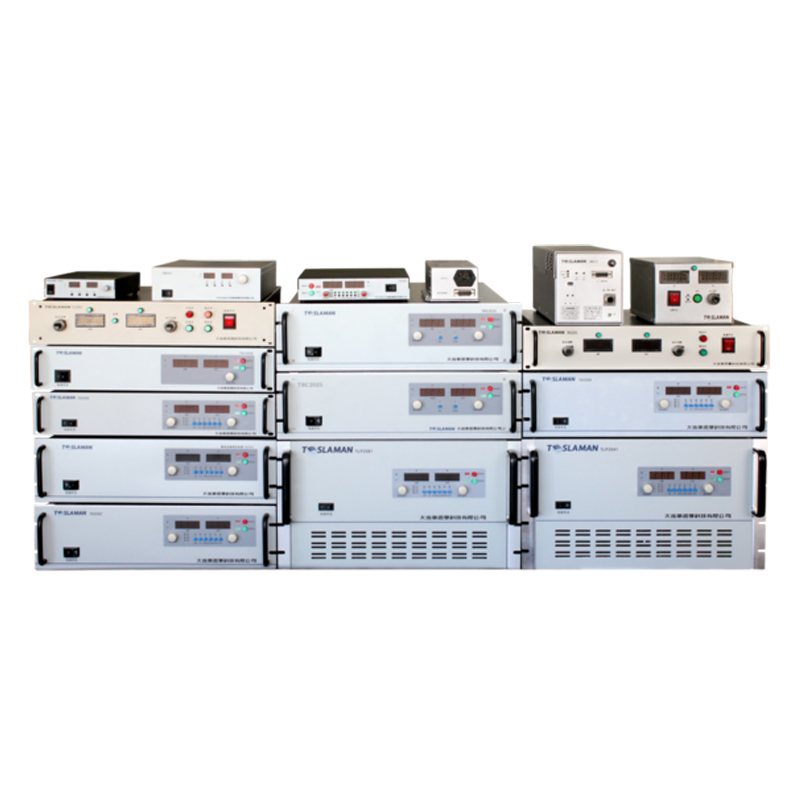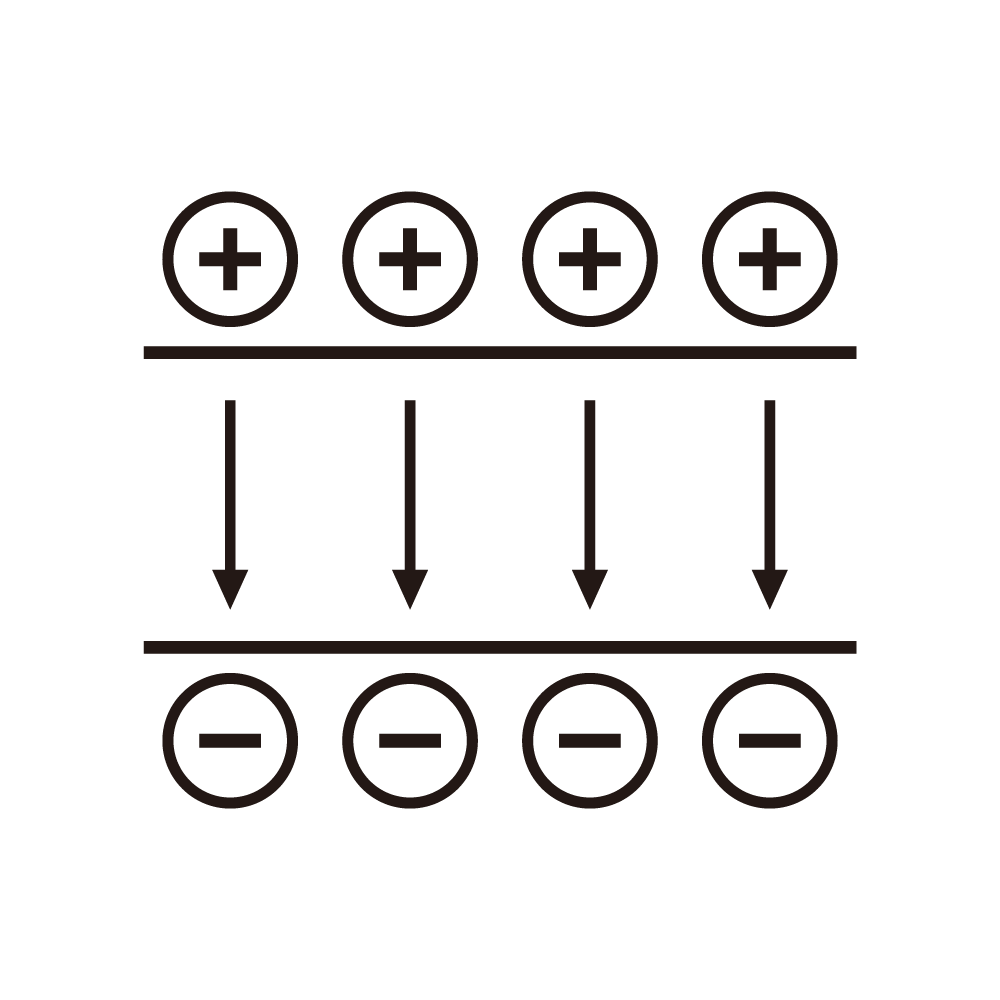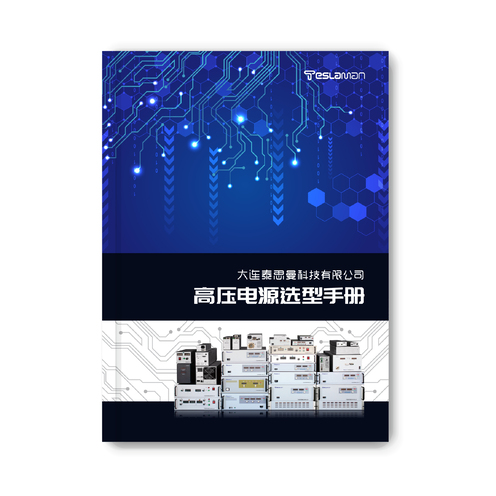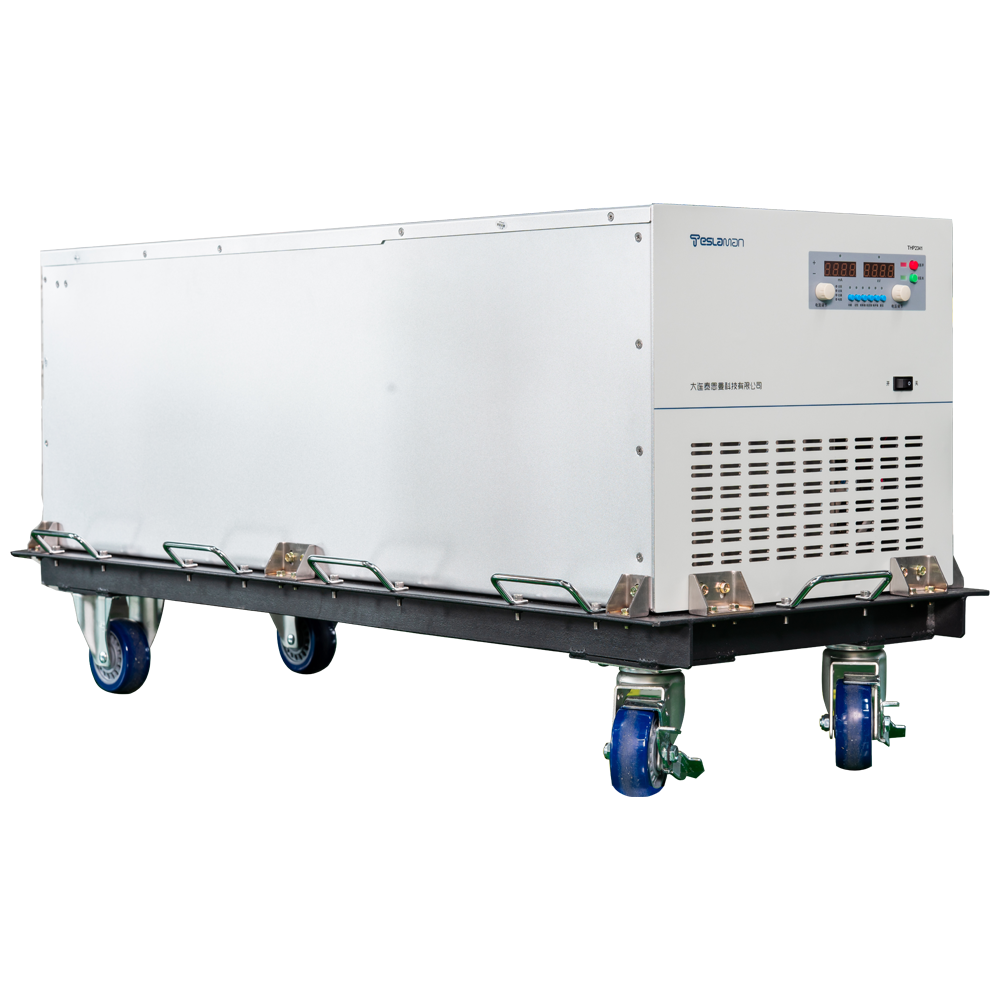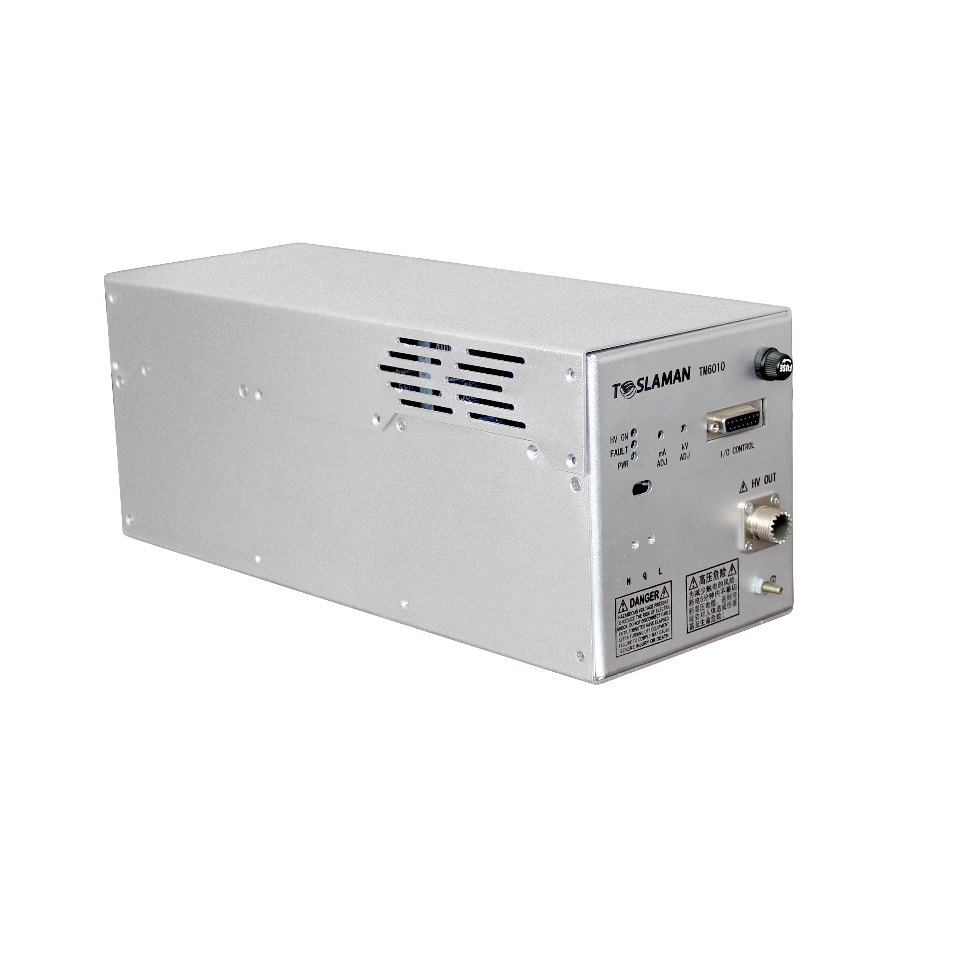Upgrades Driven by the Demand for High-Precision Testing
Improvement in Voltage and Current Precision: With the continuous enhancement of the performance of semiconductor devices, the requirements for the precision of testing voltage and current have become increasingly stringent. For example, in the testing of advanced microprocessor chips, voltage fluctuations at the millivolt or even microvolt level can affect the test results and, consequently, the accurate assessment of the chip's performance. This has driven high-voltage power supplies to adopt high-precision voltage reference sources, current sensors and advanced digital control chips to achieve more precise voltage and current outputs.
Enhancement of Measurement Accuracy: High-precision high-voltage power supplies can ensure that tests are carried out under preset and precise voltage conditions, thus accurately measuring various parameters of semiconductor devices under specific voltages, such as breakdown voltage, reverse leakage current and other basic electrical performance parameters, providing a reliable basis for the quality assessment and performance optimization of semiconductor devices.
Function Expansion Prompted by Multi-Functional Testing Scenarios
Generation of Complex Waveforms: The testing of modern semiconductor devices requires the simulation of multiple complex working conditions. High-voltage power supplies are no longer limited to providing a single DC high voltage but also need to be able to generate various pulse waveforms, AC signals and voltage outputs at different frequencies. For instance, in the testing of radio frequency semiconductor devices, it is necessary to output radio frequency pulse signals with specific frequencies and amplitudes to test the response characteristics of the devices under high-frequency signals. This requires high-voltage power supplies to have a flexible waveform generation function and be able to quickly switch between different waveforms.
Enhancement of Testing Flexibility: By adjusting the parameters of waveforms, such as pulse width, frequency and amplitude, high-voltage power supplies can conduct personalized tests for different types of semiconductor devices, meet diverse testing requirements, deeply explore the performance characteristics of the devices, improve the accuracy and effectiveness of testing, and provide more comprehensive support for the research and development and production of semiconductor devices.
Design Optimization in Response to High Integration and Miniaturization
Application of Efficient Topological Structures: As semiconductor devices are developing towards higher integration and miniaturization, testing equipment also needs to be correspondingly compact. High-voltage power supplies adopt more efficient circuit topological structures, such as resonant switching power supplies, which can increase the power density of the power supply, reduce its size and weight while still meeting high-performance requirements and adapting to the development trend of miniaturization of semiconductor testing equipment.
Adoption of Advanced Cooling Technologies: Miniaturized high-voltage power supplies face challenges in heat dissipation design and need to adopt advanced cooling technologies, such as high-efficiency heat sinks and liquid cooling systems, to ensure that the power supply can dissipate heat stably and reliably when operating at high power and that its performance will not be affected, thus prolonging its service life.
Integration Trend of Intelligence and Automation
Implementation of Adaptive Testing: With the wide application of artificial intelligence and automated testing technologies in the field of semiconductor testing, high-voltage power supplies are deeply integrated with intelligent testing systems. They can automatically adjust parameters such as voltage and current according to testing algorithms to achieve adaptive testing, improve testing efficiency and accuracy, and reduce the interference of human factors on test results.
Condition Monitoring and Predictive Maintenance: With the help of big data analysis and machine learning technologies, high-voltage power supplies can conduct real-time monitoring of their own operating conditions and predictive maintenance. By analyzing a large amount of operating data, potential faults can be detected in advance, and parts can be repaired or replaced in a timely manner, improving the overall reliability and stability of the testing system and reducing maintenance costs and downtime.
New Challenges and Breakthroughs for Emerging Semiconductor Materials and Devices
Testing of Wide Bandgap Semiconductors: For wide bandgap semiconductor devices such as silicon carbide (SiC) and gallium nitride (GaN), due to their higher breakdown electric field strength, high-voltage power supplies need to be able to output higher voltages and have pulse signals with faster rise and fall times to accurately test their special electrical properties, which poses higher requirements for the performance of high-voltage power supplies.
Testing of Quantum Devices: Quantum devices put forward unprecedentedly high requirements for voltage stability and noise control. High-voltage power supplies need to maintain excellent performance under extreme environments such as ultralow temperature and strong magnetic fields to provide stable and reliable voltage support for the testing and research of quantum devices and promote the development of frontier fields such as quantum computing.
